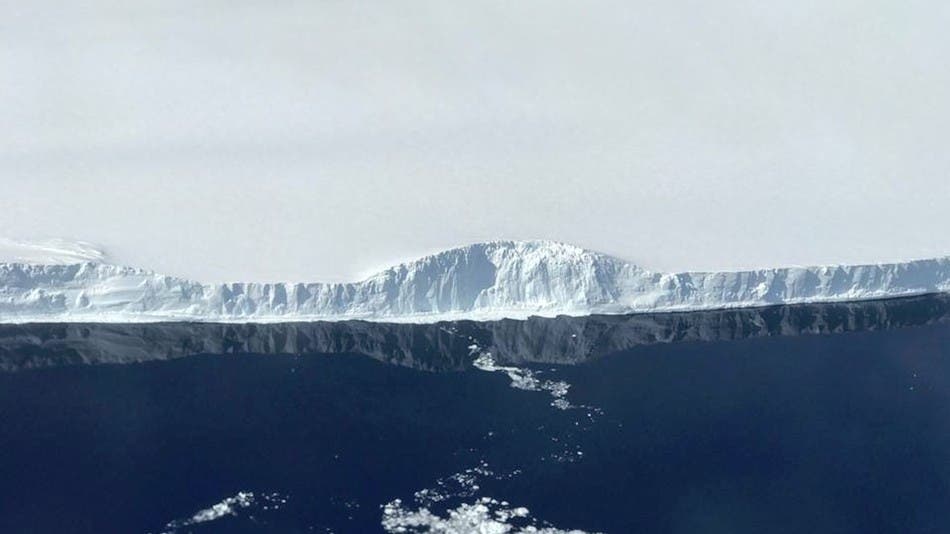Last year, one of the largest icebergs in history broke off broke off from the Larsen C ice. The massive 2,200-square-mile iceberg called A-68 has exposed an ecosystem that has been hidden beneath the ice for thousands of years. Now, a diverse team made up of scientists from nine research institutes around the world is urgently traveling to the area where the iceberg calved to probe the seabed before it’s too late.
A daring expedition and lifeforms removed from time
The researchers are supposed to leave from the Falkland Islands to the calving site on 21 February, where they will spend three weeks until March 2018 on board the research ship RRS James Clark Ross.
The A-68 iceberg is one of the largest ever observed on Earth. It’s about as big as the state of Delaware and holds four times more ice than what gets melted from Greenland’s ice sheet in a year. Scientists had been preparing for A-68’s split from Larsen C for months before the calving, ever since they witnessed a crack in the ice shelf extending over 100 miles in length.
The Larsen-C rift opening over the last 2 years from #Sentinel1 pic.twitter.com/MT9d3HAw1M
— Adrian Luckman (@adrian_luckman) January 31, 2017
Ice shelves encircle the Antarctic continent, extending thick floating ice from the land glaciers. Due to warming temperatures, Antarctica’s ice shelves are starting to thin or collapse. An iceberg such as A-68 won’t raise sea levels because the detached ice was already afloat in the ocean. That’s very good news since A-68 holds enough mass to raise global sea levels by 3 millimeters had the ice been added anew to the ocean. However, events such as these can destabilize the ice shelf.
If an Antarctic ice shelf such as Larsen C collapses, it can free the ice it’s currently holding back on the Antarctic Peninsula. It’s this terrestrial ice flowing out that can raise sea levels, and by no negligible amount. On the upside, icebergs such as A-68 can make room for human explorers who can now witness what ecosystems which have been isolated for thousands of years look like. Perhaps, they will find totally new, strange life forms that have adapted to total darkness, completely isolated from other ecosystems.
The team of daring researchers led by the British Antarctic Survey (BAS) will collect seafloor animals, microbes, plankton, and water samples from the now-exposed seafloor. They will record video footage and document whatever marine mammals and birds might have moved in the area.
The expedition is somewhat fortunate — it’s the first to benefit from an international agreement signed in 2016 by the Commission for the Conservation of Antarctic Marine Living Resources (CCAMLR). Under this agreement, exposed marine areas following the collapse or retreat of ice shelves in Antarctica, such as the one targeted by BAS, are designated Special Areas for Scientific Study.
“The calving of A-68 offers a new and unprecedented opportunity to establish an interdisciplinary scientific research programme in this climate-sensitive region. Now is the time to address fundamental questions about the sustainability of polar continental shelves under climate change,” said Professor David Vaughan, Science Director at BAS.
Vaughan and colleagues are in a hurry to get to the calving site and get to work as quickly as possible. They’re concerned that sunlight will alter the ecosystem too much, at least at the surface layer.
Large icebergs have broken off Antarctic ice shelves before, such as those that separated from the Larsen A and B ice shelves in 1995 and 2002, respectively. However, it took five to 12 years for expeditions to make it to those areas. When they got there, they reported sparse signs of life.
This time around, researchers hope to be there quick enough to possibly surprise some of the supposed alien-like life lurking in the depths.
“We need to be bold on this one. Larsen C is a long way south and there’s lots of sea ice in the area, but this is important science, so we will try our best to get the team where they need to be,” Vaughan said.










